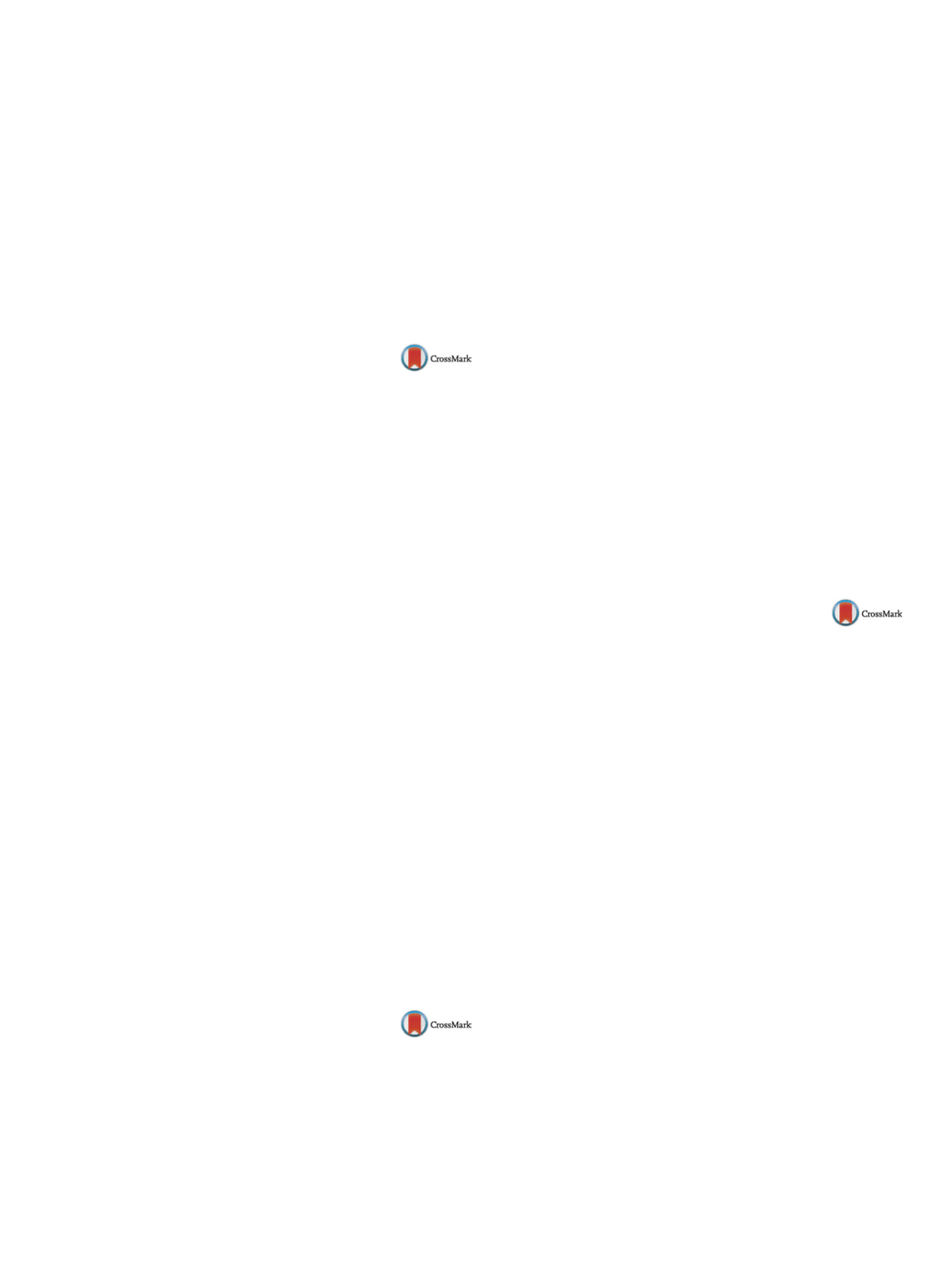

25th European Congress of Psychiatry / European Psychiatry 41S (2017) S710–S771
S769
normal debit. Delusional thought or hallucinations were not evi-
dent. Severe hypoglycemia was first detected by capillary glucose
measurement and confirmed by a blood test. After the blood glu-
cose was corrected she became gradually more restless, talkative,
disinhibited, with clear humor elation, compatible with a manic
state.
Conclusion
We discuss if this case might be explained by the
severe hypoglycemia and its correction, linking it to insulin shock
therapy, reviewing this procedure’s history, controversies and cur-
rent developments.
Disclosure of interest
The authors have not supplied their decla-
ration of competing interest.
http://dx.doi.org/10.1016/j.eurpsy.2017.01.1449EV1120
ECT in major recurrent depressive
syndrome with Parkinsonism
syndrome
T. Gómez Alemany
∗
, J. Soler Vidal , I. Targa , B. Garcia Alarcon ,
A. Santoro , O. Alcoverro , J. Sendra Lopez
Complex Assistencial Salut Mental Germanes Hospitalaries Benito
Menni, Acute Adult Psychiatry Ward, Barcelona, Spain
∗
Corresponding author.
A 71-year-old woman with history of major recurrent depressive
syndrome responsive to clomipramine (last episode at 50-year-old)
with the followingmedical records: ischaemic stroke with progres-
sive cognitive impairment to the extent of requiring wheelchair.
Current episode
Depressive symptoms, with suicidal thoughts,
anxiety, tremor and low food intake in the last month (due to choke
phobia) with up to 10 kg of weight loss.
Diagnosis
Major recurrent depressive syndrome resistant to
treatment with Parkinson syndrome.
Treatment
Lorazepam 10mg/day levodopa 150/carbidopa
37.5mg/day, LART Electroconvulsive therapy (Thymatron SYSTEM
IV) was also carried out 3 times a week until 15 sessions were
reached.
Discussion
This case illustrates the successful responsewith LART
ECT towards major recurrent depression syndrome associatedwith
a pharmacological parkinsonism maintained over the long-term
(one year with ECT). There are sufficient evidences showing that
the ECT has an effect in the dopaminergic systemat different levels:
dopamine release, dopamine neurotransmission and linkage with
its receptor, and these effects differ between an acute stimulation
and when repeated stimulation is carried out. It must be taken into
consideration the fact that concomitant existence of depression and
parkinsonism could represent another indication for ECT, since the
pharmacological management of these patients is highly complex
and could even more if we bear in mind that one of the thera-
peutical options towards the antidepressant potentiation (atypical
anti-psychotics) can worsen the symptomatology.
Disclosure of interest
The authors have not supplied their decla-
ration of competing interest.
http://dx.doi.org/10.1016/j.eurpsy.2017.01.1450EV1121
Bilateral continuous theta burst
stimulation (cTBS) for treatment
resistant auditory hallucinations and
synesthesia in schizophrenia – A case
report
J. Jakhar
∗
, D.U. Mehta
NIMHANS, Department of Psychiatry, Bengalru, India
∗
Corresponding author.
Introduction
While 1–Hz repetitive transcranial magnetic stim-
ulation (rTMS) has been found to be effective in reducing auditory
hallucinations (AH), its effects are transient. cTBS, a patterned-rTMS
technique induces sustained long-term-depression-like effects.
Here, we demonstrate efficacy of twice daily, bilateral-cTBS in
a patient with treatment-resistant AH, reflex hallucinations and
vision-touch synesthesia.
Method
A 25-year-old male with 5 years history of treatment-
resistant AH (2nd/3rd person), vision-touch synesthesia and reflex
hallucinations. He was on a combination of 200mg clozapine and
300mg amisulpride for the last 6months with no improvement.
He received two-weeks of twice daily, bilateral-cTBS [40,1 s-trains
(bursts of 3-pulses at 50Hz every 200ms) given continuously at
90% motor threshold] over the temporoparietal junctions located
using the International 10/20 system. Amisulpridewas stopped and
clozapine was increased to 300mg/day. Change in AH and synes-
thesiae were assessed using auditory hallucination rating scale
(AHRS) and clinical interview.
Result
AHRS scores reduced from 35/41 to 0/41 at the end of 2
weeks, with substantial improvement being noticed at the end of
the fifth day. Synesthesiae and reflex hallucinations also showed
similar trends in improvement. No serious adverse events.
Discussion
Integration of auditory, visual and tactile percep-
tions is an important function of the temporoparietal junction.
administering cTBS to this region bilaterally reduced our patient’s
perceptual abnormalities. Increasing dose of clozapine could be a
confounding factor, however, the rapidity of treatment response
enables us to attribute part of the improvement to cTBS.
Disclosure of interest
The authors have not supplied their decla-
ration of competing interest.
http://dx.doi.org/10.1016/j.eurpsy.2017.01.1451EV1122
Electroconvulsive therapy
management in
benzodiazepine-resistant catatonic
syndrome: A Case report
I.I. Louzao Rojas
∗
, Á. Orosa Duarte , G. Martínez-Alés García ,
I. Rubio Zavala , A. Fraga Domingo , P. Sánchez Castro ,
M.V. Bonán , E. Román Mazuecos , A. Flores Martínez ,
B. Rodriguez Vega , M.F. Bravo Ortiz , E. Jiménez Sola
Hospital Universitario La Paz, Psychiatry and Mental Health, Madrid,
Spain
∗
Corresponding author.
Catatonia is a rare but potentially lethal neuropsychiatric syn-
drome. Despite its historical association with schizophrenic
disorders, it is more frequent in affective ones, and is currently
considered an independent pathological entity. The basis of the
treatment, regardless of the cause, is the use of benzodiazepines
and electroconvulsive therapy (ECT), without a clear consensus on
the combined treatment. Regarding ECT, the frequency and num-
ber of effective sessions has not been clearly established. Therefore,
clinical evolution is the main factor to be considered in order to
determinate the appropriate treatment regimen, although the daily
application of ECT is preferred, at least for the first week. We report
the case of a 41-year-old patient with paranoid schizophrenia, who
presentedwith a benzodiazepine resistant catatonic syndrome. The
clinical picture included stupor, mutism, negativism, severe stiff-
ness, catalepsy, waxy flexibility and diaphoresis, with slight CPK
increase but with no other extrapyramidal symptoms, fever more
than 39 and hemodynamic instability, which allowed to exclude
a neuroleptic malignant syndrome. A blood analysis, lumbar punc-
ture, CT, EEG and viral serologieswere performedwith inconclusive
results. The patient required ICU admission and ECT treatment and
we used the Bush-Francis Catatonia Rating Scale to evaluate the
evolution of symptoms. Six daily treatments with ECT led to an
almost full recovery of the patient. Further case series regarding
the clinical management of this syndrome are needed, in order to
reach consensus on an effective ECT regimen.


















